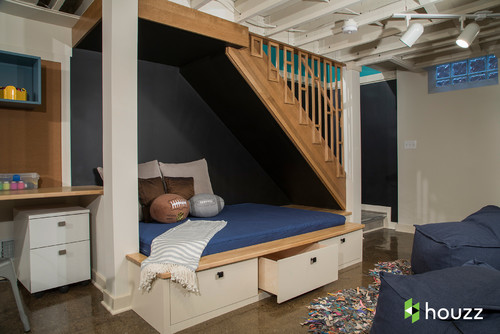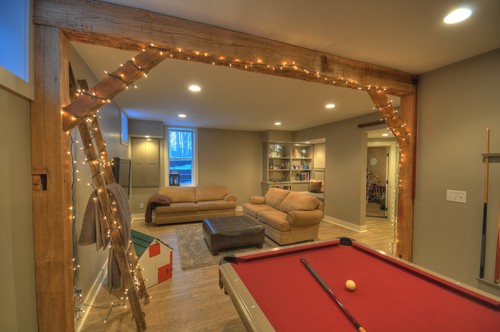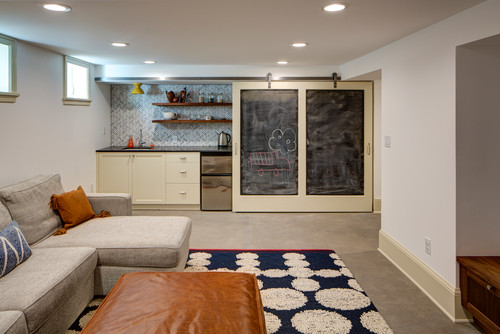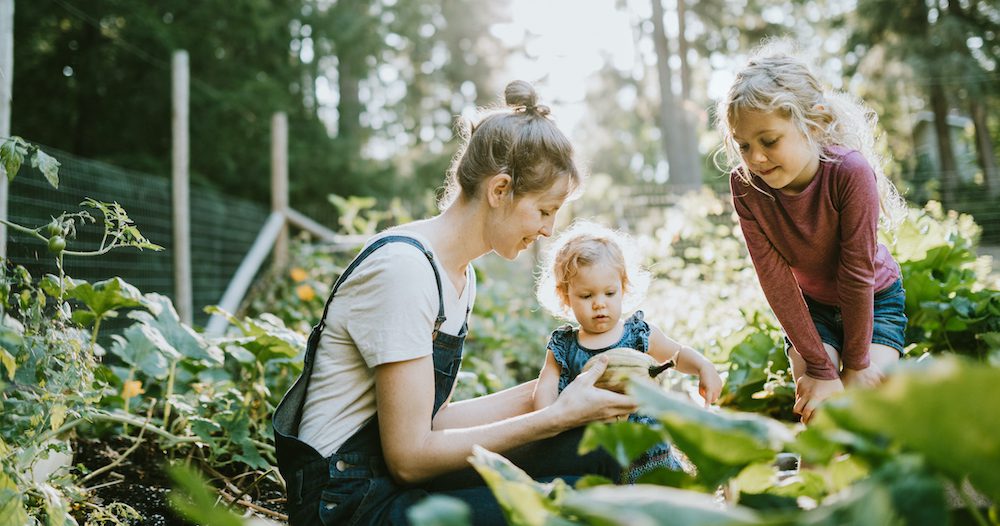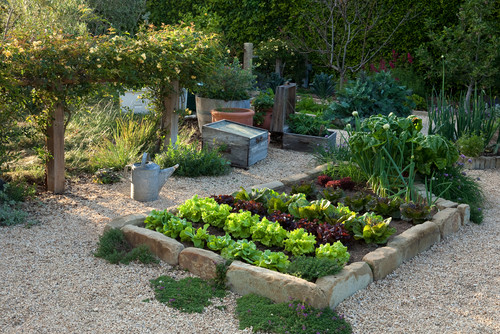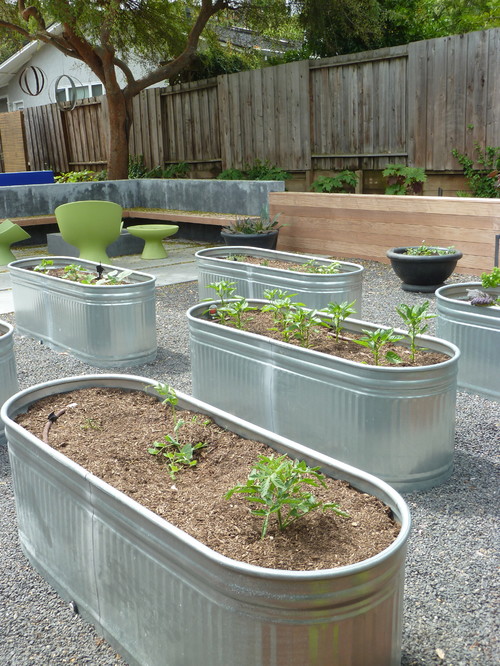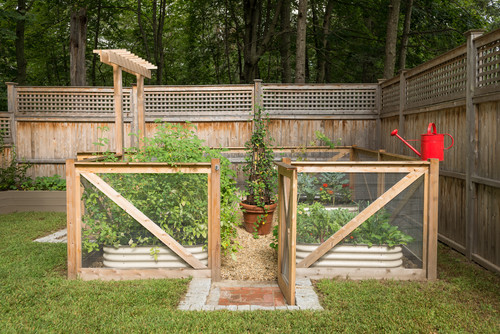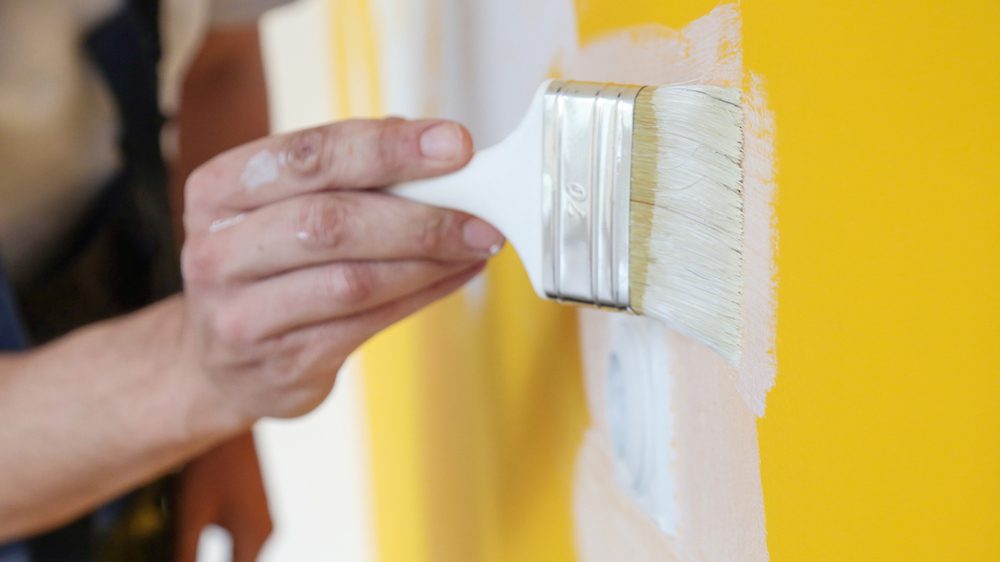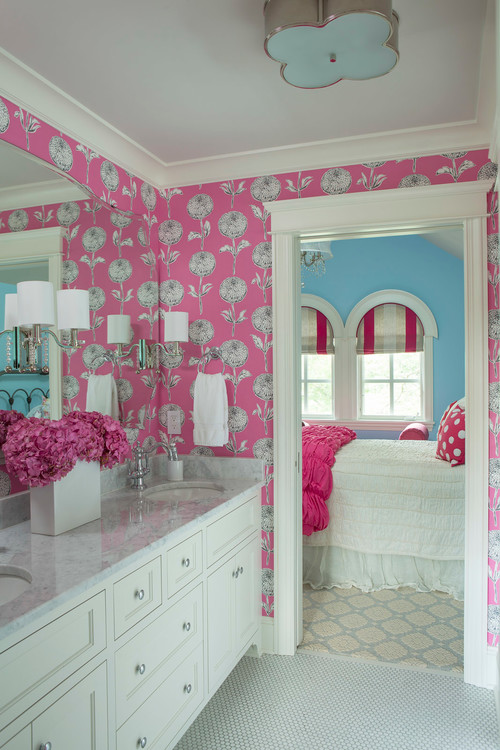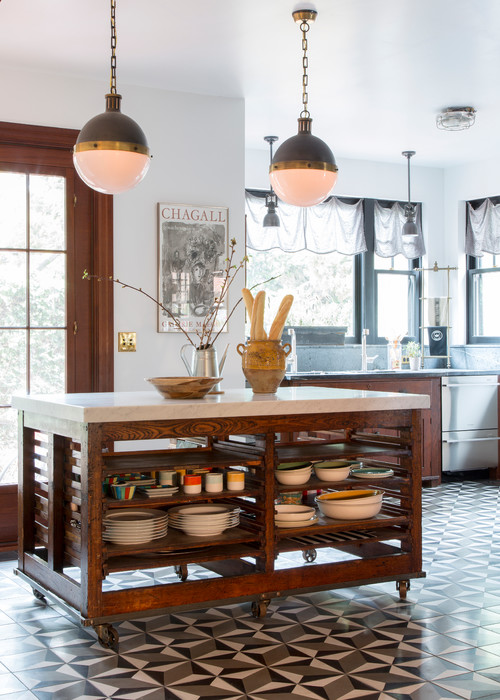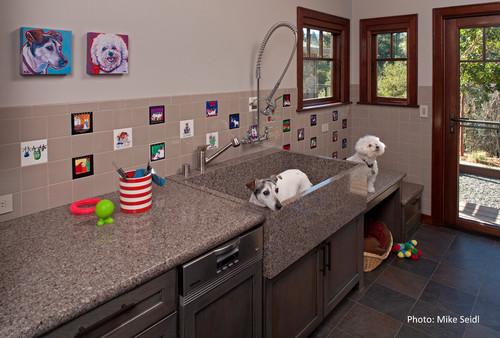
wundervisuals / Getty Images
The ways we use our home evolve as our families do. One day you’re setting up a Pinterest-worthy nursery, and, after what seems like just a few years, you’ve got a teenager who just wants to spend time in his room texting with friends and blasting music late at night.
If you’re lucky enough to have a basement space, you may have the solution to your problems. The basement can offer teens the privacy they crave and space to hang out with their friends, while keeping the rest of the home more tranquil—especially desirable if you also have a baby or young children.
Here are some key considerations if you want to transform your basement into a teen-friendly space that will make the whole family happy.
Create a cool hangout that also brings in good ROI
As the mother of four teenagers, Brie Fowler knows all about relegating the chaos to the basement.
“I have two teenagers living in our basement right now, and they love having their own bedrooms and shared bath down there. They’re always playing video games and watching movies with their friends,” says Fowler, a Realtor® with the Fowler Group at Coldwell Banker Residential Brokerage in Erie, CO.
In the past, basement remodels didn’t always give homeowners the best resale bang for their buck, but that’s changing, adds Fowler.
Today, having a bedroom-bathroom combo below definitely boosts property values, especially in the eyes of buyers with growing families.
“Today’s basements are very customized, and it’s a great idea to have a safe environment for your kids to sleep and relax,” says Fowler.
Make the necessary structural changes
Often, basement windows are below grade, so make sure the bedroom window is the right size for someone to exit in case of fire, and get permitting for any changes you make to ensure everything is done to code, suggests Kim Trouten, a Realtor and designer with Allen Tate Realtors in Charlotte, NC.
You also need proper ventilation.
“If you’ve got high moisture in a basement or changing temperatures because the heating and cooling isn’t quite as effective in the lower level, then you may need a dehumidifier,” Trouten says.
Get rid of any old drop acoustical-ceiling tiles and splurge on high-quality insulation to muffle the impromptu jam sessions and late-night gaming tournaments. Trust us, it’s worth every cent.
“It’s OK to have different ceiling heights, so if you have to drop it down in one section to accommodate ductwork or pipes, you can create intimate flex spaces or built-ins,” adds Trouten.
A basement doesn’t need to be a dim lair, either. Put in some recessed lighting and hang some mirrors strategically to brighten it up. And since teens are so device-dependent, install smart outlets throughout the space.
Plan for tons of storage space
Your basement might already serve as a catch-all for sporting equipment, musical instruments, school stuff, and more. So if you want to turn it into a more efficient space, you’ll have to corral that clutter.
If you’re planning to put up some walls to create a bedroom, build in as much closet space as possible, suggests Fowler.
Consider hanging an oversize barn door that can hide the mess when needed, and install plenty of shelves, cubbies, and hanging rods.
Swap out your teen’s childhood twin bed for a double or queen mattress set atop a platform with large drawers underneath to store clothing and shoes. Put up floating shelves and hooks so books, guitars, and collectibles stay off the floor. (Well, a parent can always hope, right?)
Carve out space for a full bathroom
We doubt your teen is going to want to traipse up and down the stairs to shower and use the bathroom, so having a full bathroom in the basement is a must, says Trouten.
“This bathroom does not have to be large, and from a reselling point of view, I wouldn’t spend a lot of money on it,” she says. “Make it as simple as possible, with a single-sink vanity and a shower. And make sure there are lots of hooks and good storage.”
And, of course, ventilation is also key in a bathroom.
Divide and conquer (the space, that is)
The rest of the family should still be able to enjoy the basement, and setting up flex spaces that can serve multiple purposes will allow them to do that, says Trouten.
You can have a family-style room for watching TV and gaming, or just a recreational area for kids, that might share a bathroom with a bedroom. Just make sure the bathroom can be accessed from the bedroom without having to walk through the family room.
Still, Fowler warns against making the layout too choppy—most buyers still want an open concept, even in the basement.
“Teenagers love having a big, open space where you can put a pool table or a pingpong table, and throw in some beanbag chairs,” suggests Fowler.
Add some key pieces of furniture
Invest in a large sectional sofa—perhaps with a pull-out bed for buddies who want to spend the night—and pair it with an oversize ottoman that doubles as storage for blankets and pillows. Put up shelves to flank a wall-mounted TV, so video games, DVDs, and stereo equipment can be neatly stored.
If you have room, set up a refreshment corner with a minifridge stocked with snacks and drinks, and a floating counter with stools that can slide underneath when not in use.
The teen years aren’t all fun and games, though. Your teen will also need a study space, so provide a desk in a neutral material and hang a large bulletin board above that runs to the ceiling.
Elsewhere in the room, you can add punches of color with bedding, decorative pillows, and posters. Encourage your teen to personalize the space, like by printing a collection of selfies with friends that you can frame as collages and hang throughout the space.
Focus on the future, too
As parents know, kids grow up fast—plan your basement space in such a way that it can adapt when they move out, or if someone else moves in.
“Make sure whatever you do can shift and flex as your family changes or you move and somebody else moves in,” says Trouten. “Maybe it will someday function as an office, an exercise room, or an in-law suite.”
The post Transform Your Basement Into a Teen Hangout and Make the Whole Family Happy appeared first on Real Estate News & Insights | realtor.com®.


